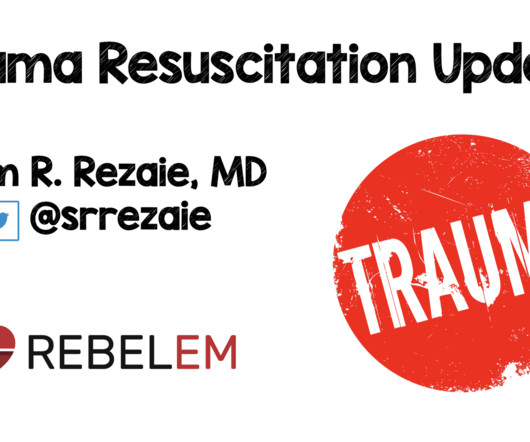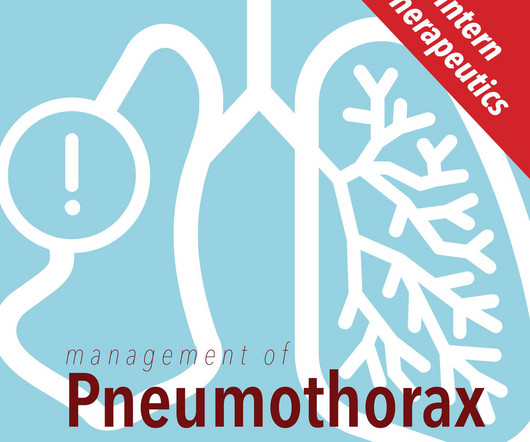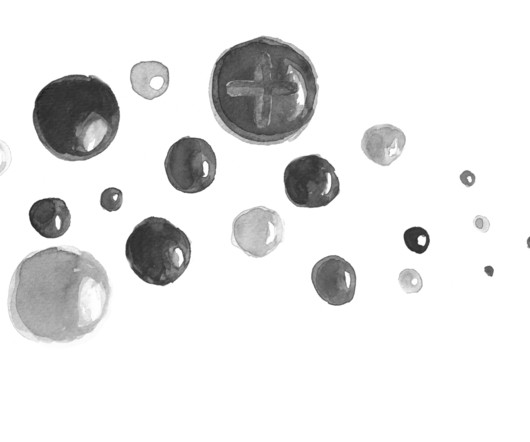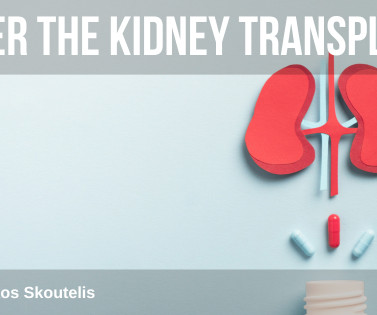SGEM#420: I get knocked down, but I get up again – do I have a scaphoid fracture?
The Skeptics' Guide to EM
NOVEMBER 11, 2023
Which clinical features best predict occult scaphoid fractures? He will soon be transitioning out of the US military after […] The post SGEM#420: I get knocked down, but I get up again – do I have a scaphoid fracture? Which clinical features best predict occult scaphoid fractures? Emerg Med J. Emerg Med J. Emerg Med J.































Let's personalize your content